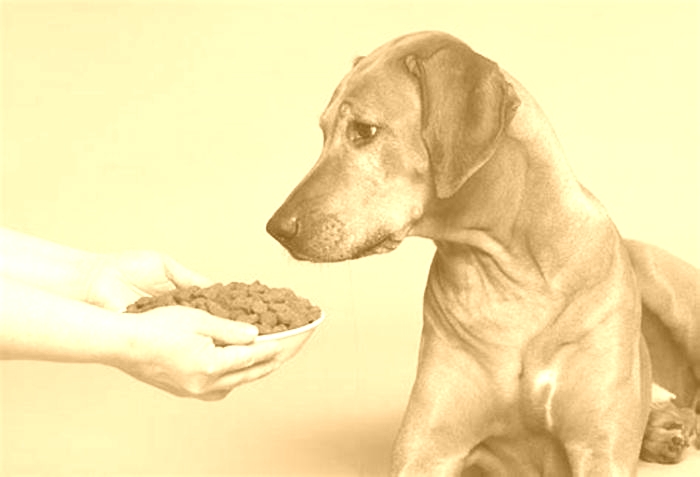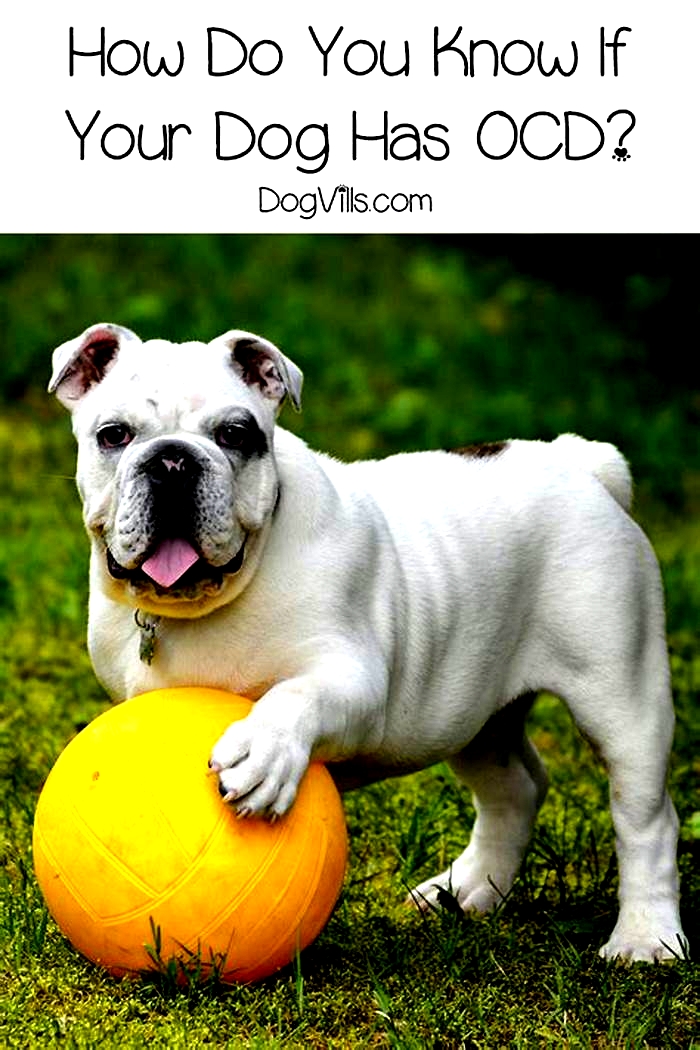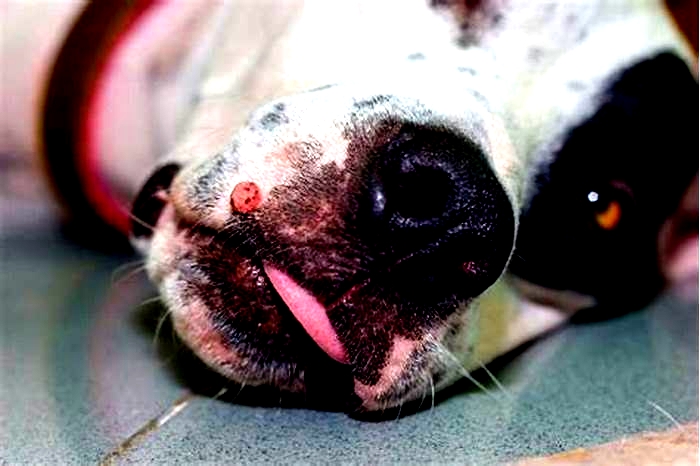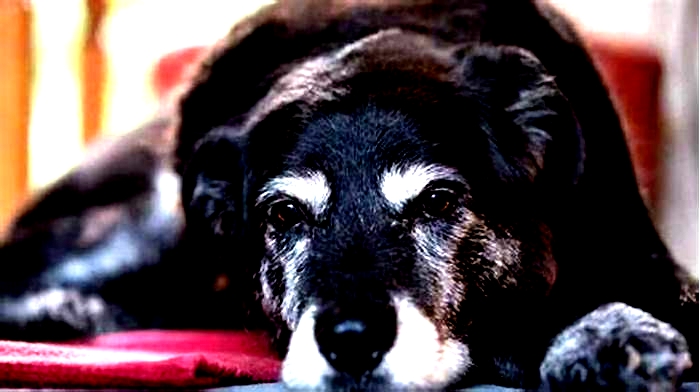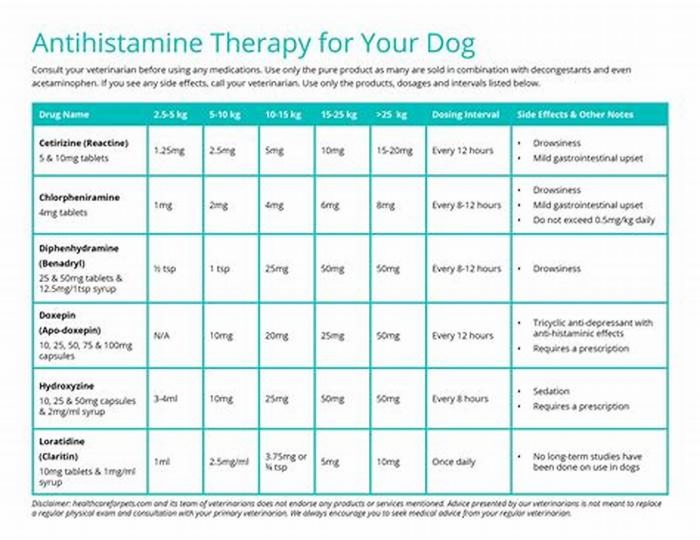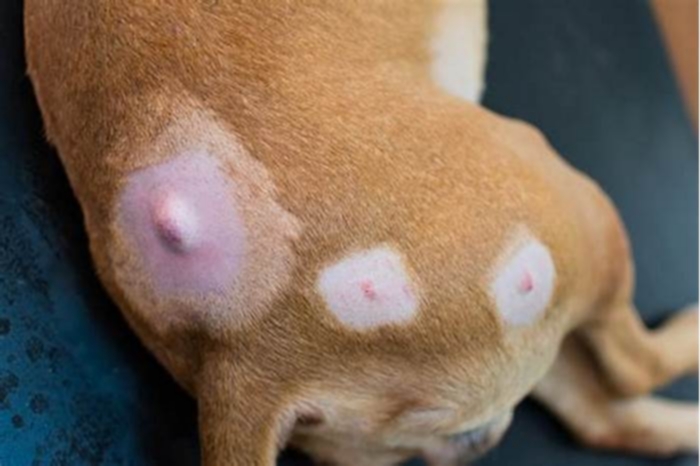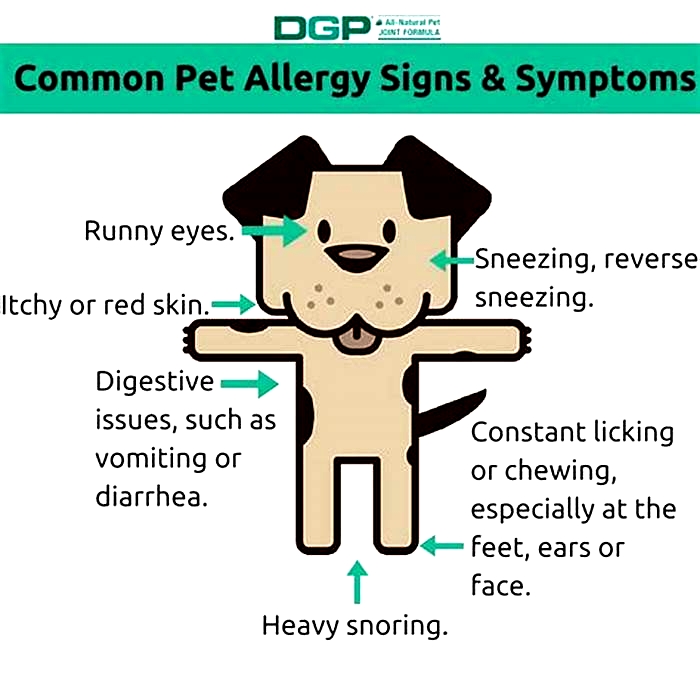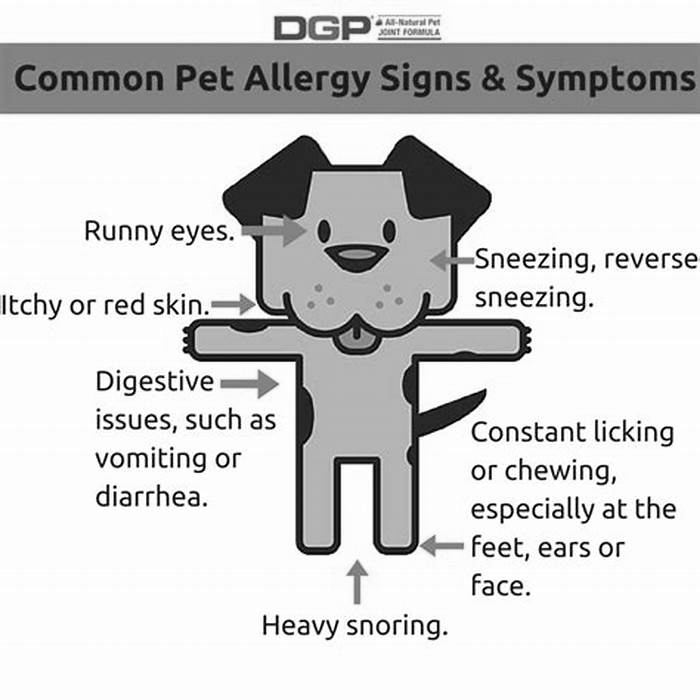Can dogs get flu
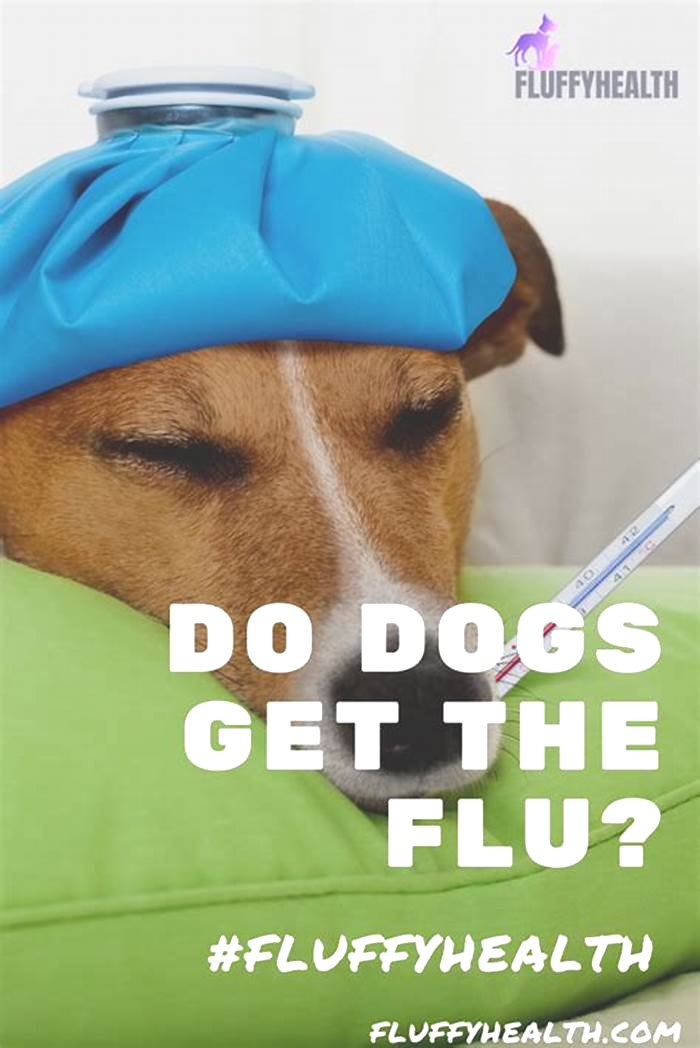
Dog flu: A vet's guide to symptoms, causes and treatment
Dog flu, also known as canine influenza, is a virus that you may have never heard of - unless you are having an outbreak in your area.
This virus was first discovered in 2004, when it caused an outbreak of severe respiratory disease in Florida racing Greyhounds. Unlike many other canine respiratory diseases, which tend to always circulate throughout the United States, dog flu tends to occur as isolated outbreaks.
An area may go many years without any reported cases, then a large number of cases occur within a relatively short period of time. As of 2021, dog flu has been documented to have occurred in 46 states. Recent outbreaks have involved California, Florida, Indiana, New York, Ohio, Pennsylvania, South Carolina, and Texas.
If you're concerned that your dog may be suffering from dog flu, this article will outline common symptoms and causes, as well as looking at treatments and prevention for the virus.
What causes canine influenza?
Canine influenza is a highly transmissible virus. Infected dogs shed large amounts of the virus through sneezing, coughing, and nasal discharge. This virus can also easily be spread on a variety of surfaces, including walls, floors, collars, brushes, and even human hands. The virus can remain infectious for up to 48 hours in the environment, causing infection in any dogs who come in contact with contaminated surfaces.
Canine influenza outbreaks are most common in dogs that are housed in close quarters. Dog shows, boarding kennels, doggie daycares, grooming facilities, animal shelters, and veterinary hospitals have all been involved in canine influenza outbreaks. Outbreaks are often localized to a particular geographic area; a given community or state may experience a significant outbreak, while surrounding areas report very few cases.
Symptoms of canine influenza
The signs of canine influenza are similar to the signs of flu in humans:
- Cough
- Fever
- Nasal discharge (less commonly)
- Decreased appetite (in severe cases)
- Lethargy (in severe cases)
- Trouble breathing (in severe cases)
A cough is the most prominent sign in most dogs, and this cough may range from a dry cough to a moist, productive cough.
In most cases, canine influenza is indistinguishable from other sorts of kennel cough (upper respiratory infections) in dogs. However, some strains of canine influenza are associated with more severe infections.
In severe cases, dogs may experience decreased appetite, lethargy, and even trouble breathing. Fatal infections are rare, but can occur.
Can I get the flu from my dog or vice versa?
Fortunately, dog flu is not a zoonotic virus. This means that the virus is not capable of spreading between dogs and humans. Humans and dogs are each infected with unique, species-specific strains of influenza virus.
You cannot give your dog a human strain of the flu, even if you cuddle together while you are sick with the flu. Similarly, your dog cannot give you dog flu. Although human flu and dog flu are closely related, these particular flu viruses are not transmissible across species.
When to take your dog to the vet
DO YOU NEED PET INSURANCE?
Theres no NHS for pets. Veterinary care can be eye-wateringly expensive and most pets will need treatment for an illness or injury at some point in their life. Its difficult to think about your animals being hurt or unwell, but you need to ask yourself: what would you do if you were faced with a vet bill for hundreds or thousands of pounds?
Compare Quotes for Pet Insurance from GoCompare
Any time your dog develops signs of an upper respiratory infection or other illness, you should visit your veterinarian. Your veterinarian is familiar with your dogs health, as well as with disease outbreaks that may be occurring in your community.
Your veterinarian will begin by performing a thorough physical exam. They will listen to your dogs lungs closely, looking for evidence of pneumonia, and assess your dogs overall health. If your pet is showing signs of respiratory distress, your veterinarian will also likely recommend radiographs (x-rays) of your dogs chest and blood tests to rule out other underlying illnesses.
Depending on your dogs condition and disease prevalence in your community, your veterinarian may recommend performing a canine respiratory disease panel, to definitively determine the cause of your dogs upper respiratory signs.
These tests can be expensive and do not always change the course of treatment for a particular illness, so most veterinarians only recommend them if they feel that the cost of the testing is justified for a particular patient or outbreak.
Veterinary treatments for canine influenza
Treatment depends on the severity of your dogs illness and any underlying diseases that your dog may have.
Mild cases may be treated on an outpatient basis, with an oral cough suppressant and oral antibiotics (to address secondary bacterial infection). More severe cases may need to be hospitalized for intravenous (IV) fluid therapy, injectable antibiotics, and other monitoring or treatments, as indicated.
Home treatments for canine influenza
If your dog is discharged from your veterinarian for home treatment, there are a number of things you can do at home to help your dog recover more smoothly:
- Isolate your dog from other dogs for several weeks
- Keep your dog in a warm, dry area
- Ensure that your dog is drinking enough water
- Ensure that your dog is eating well. (You may need to offer canned food or something a little more tasty than your dogs regular diet.)
- Monitor your dogs breathing and overall attitude.
Its important to monitor your dog closely during recovery, to make sure their condition does not worsen. Contact your veterinarian immediately if your dog begins to experience worsening signs of illness.
Preventing dog flu
The most effective means of preventing dog flu is to avoid contact with infected dogs. Unfortunately, this isnt always a practical option! Therefore, dogs that are at high risk of infection should be vaccinated against canine influenza.
Although this vaccine does not completely prevent infection, it will minimize the severity of symptoms and shorten the duration of illness for dogs that become infected. If your dog is frequently in contact with other dogs (at boarding kennels, grooming facilities, or other locations), talk to your veterinarian to determine whether the canine influenza vaccine is appropriate for your dog.
What's my dog's chances of developing dog flu?
As a dog owner, its important to honestly assess your dogs risk of developing dog flu. A dog that remains mostly at home, has an in-home pet sitter when their owners travel, goes for solo walks that do not involve contact with other dogs, and only sees the veterinarian for twice-yearly exams is probably at a low risk of developing canine influenza.
On the other hand, if your dog regularly goes to doggie daycare, a grooming facility, or boarding kennel, your dog may be at higher risk. Talk to your veterinarian to determine whether your dog should be vaccinated against canine influenza. Regardless of your dogs risk level or vaccination status, be sure to schedule a veterinary visit if your dog shows signs of an upper respiratory infection
Dog Flu (Canine Influenza) in Dogs
What Is Dog Flu?
Canine influenza virus (CIV), commonly referred to as dog flu, is a highly contagious respiratory virus that affects dogs of all ages and breeds. Although dog flu has been discovered in most of the United States, fortunately it doesnt commonly cause death in dogs and, for many, wont even necessitate a trip to the veterinarian.
Dog flu is caused by two different types of influenza viruses: H3N2 and H3N8. Both were originally a flu virus affecting other canine species, birds, and equines that now also affects dogs. H3N2 can affect cats as well, but neither virus has been reported to affect humans.
Symptoms of Dog Flu in Dogs
Because dog flu is a respiratory virus, your dog will experience symptoms associated with respiratory disease and common flu-like symptoms, such as:
- Dry cough, which often persists for weeks
- Fever
- Nasal and eye discharge
- Sneezing
- Decreased appetite
- Lethargy or decreased energy
In severe cases of dog flu, your dog may experience secondary bacterial infections, fever (higher than 103.5 F), and evenpneumonia, which can be life-threatening.
Dog flu is extremely contagious to other dogs.Studies have shownthat the virus can travel up to 20 feet in dogs respiratory droplets when they sneeze or cough. This is the primary route of infection, but dogs can also become infected with dog flu through contaminated food and water bowls, shared toys, leashes, as well as through clothing and indirectly through human contact (i.e., handling an infected dog and then touching/playing with other dogs).
The canine influenza virus can also survive in the environment for an extensive amount of time. CIV can survive on skin and hands for 12 hours, on clothing for 24 hours, and on surfaces for up to 48 hours.
Dog flu is extremely contagious to other dogs.
It takes two to four days after exposure to the virus before clinical signs develop. This is called the incubation period. Most dogs recover within two to three weeks but dogs with H3N2 should be isolated for 21 days and dogs infected with H3N8 should be isolated for at least seven days as they may still be infectious.
Even though any dog can become infected with dog flu, dogs adopted from shelters or those that visit crowded doggy areas such as dog parks, doggy daycares, or kennels may be at increased risk.
Causes of Dog Flu in Dogs
Canine influenza belongs to the group of influenza A viruses, which are broken down into types based on their proteins hemagglutinin (H) and neuraminidase (N). Usually, they are specific to a single species, but over timethrough mutations and other changesthey can affect other animals.
H3N8 and H3N2, the types of influenza viruses seen in dogs, are prime examples. The H3N8 virus was originally found in horses and discovered in the United States dog population in 2004. The H3N2 virus was first discovered in the United States in 2015 and seemed to have originated from the Asian bird population.
Fortunately, it has yet to be shown that humans can become infected with the dog flu or vice versa.
How Veterinarians Diagnose Dog Flu in Dogs
Symptoms of dog flu will resemble many other types of respiratory infections, so it is important that your dog be tested so treatment can be directed appropriately.
For CIV, a PCR panel is often performed, where a swab is obtained from your dogs nose, conjunctiva, or pharynx, then submitted to a laboratory and analyzed for viral DNA. Additional testing such as bloodwork and chest radiographs are often recommended to evaluate your dogs general health and hydration status, and to look for evidence of pneumonia, which can be life-threatening and should be treated aggressively.
Call your veterinarian prior to arrival to let them know that your dog is experiencing flu-like symptoms, as there are protocols and procedures that need to be followed to mitigate transmission to other dogs.
Treatment of Dog Flu in Dogs
Treatment of CIV in dogs is largely supportive. Keeping your dog calm, rested, and hydrated is paramount to ensuring a speedy recovery. In the hospital, this may include IV fluids, cough suppressants, and nutritional support. For cases involving secondary bacterial infection, an antibiotic such asClavamoxordoxycycline, among others, is often prescribed.
Infected dogs should be isolated from other dogs (and cats) at the onset of symptoms and up to 3-4 weeks. This means no dog parks, boarding, grooming, doggy daycare, and so on.
And because the virus can be transmitted from clothing, pet parents should change clothes/shoes and disinfect with hand-washing before interacting with other pets.
Recovery and Management of Dog Flu in Dogs
Fortunately, many dogs recover from dog flu uneventfully within a few weeks and have little to no lasting complications. Your dog may have a cough that lasts during this period as well. Younger or older dogs, or dogs that are immunocompromised, may experience more severe symptoms such as pneumonia and may even die from the disease. To ensure the best outcome possible, it is important to seek veterinary attention at the first sign that your dog is sick.
Prevention of Dog Flu in Dogs
Fortunately, there is a vaccine for dogs designed to protect against both strains of CIV. Nobivac and Zoetis both manufacture the vaccine, which can be given to puppies as young as 7 or 8 weeks of age, with a booster three weeks later and annually after.
Side effects are rare and include symptoms associated with hypersensitivity and allergic reactions, such as vomiting, diarrhea, facial swelling, hives, andless likelysevere anaphylactic reaction. Dogs who frequent boarding or grooming facilities, doggie daycares, dog parks, dog shows, or other competitions are at a higher risk.
Ask your veterinarian if vaccinations for respiratory illnesses should be part of your dogs preventative care plan. Keep in mind that vaccines may not always prevent infection but will make it less likelyand, if infected, symptoms are often milder and the course of disease shorter.
Fortunately, the influenza virus is easily killed in the environment, often with routine household cleaners like bleach and soapy water. Wash your hands and clothing before interacting with any dogs as well as in between dogs.
Stock.com/Hero Images
WRITTEN BY
Michael Kearley, DVMVeterinarian
Dr. Michael Kearley graduated from the University of Florida College of Veterinary Medicine in 2013. He graduated with a certificate in...

